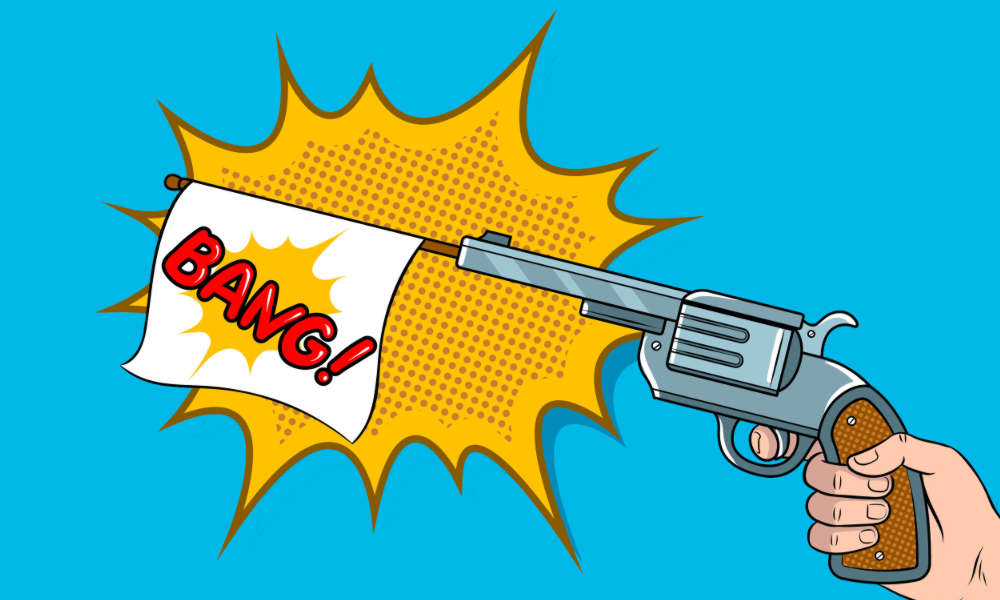Cracks in the file wrapper vault?
For years now, the Federal Court has hinted that patentees should be called to account for their actions in the Patent Office
For decades, Canadian patentees have benefited from a particular type of immunity when asserting their patents in court: whatever was said to the Patent Office about the scope of the patented monopoly sought, stays in the Patent Office. In extreme cases, this has enabled to patentees to take positions in litigation that implicitly or explicitly contradicted the position taken before the Patent Office to secure patent rights in the first place. While these situations are undoubtedly rare, their occurrence in recent cases seems to have triggered a latent desire to revisit this rule, which could have adverse consequences for patentees in the future.
Several years ago, the Supreme Court of Canada confirmed in Free World Trust v. Electro Santé, 2000 SCC 66, that claim construction—the interpretation of the patent claims, which define the scope of the patentee’s monopoly—was to be carried out with reference only to the patent itself and the common general knowledge of the skilled reader, without reference to extrinsic evidence. The extrinsic evidence at issue was “file wrapper” evidence: the prosecution history of the patent application in the Patent Office, and specifically any statements or admissions made by the patent applicant. The exclusion of file wrapper evidence was not new to Canadian law, but the Supreme Court provided clear authority on this and other claim construction principles. In confirming the exclusion, the Court stated that permitting recourse to extrinsic evidence would “undermine the public notice function of claims, and increase uncertainty” for the public as to the scope of patent claims.
Of course, there have been situations where the Courts have sought to hold patentees responsible for what they said in the Patent Office. In 2007, the Federal Court created the possibility that a patent could be void for failing to respond to an examiner’s requisition “in good faith” during prosecution, even though the response was accepted and the patent subsequently issued (G.D. Searle & Co. v. Novopharm Ltd., 2007 FC 81). While “good faith” in a response is a statutory requirement, the Court defined a high standard of “full, frank, and fair” disclosure, rather than a mere bona fide attempt to respond. While the impugned statements in such cases did not impact claim construction, these decisions signaled a desire to hold patentees responsible for their earlier statements. This particular attack on patent validity was shut down by the Federal Court of Appeal in 2011 (Corlac Inc. v. Weatherford Canada Inc., 2011 FCA 228).
Still, actions in the Patent Office have come back to haunt patentees. In Distrimedic Inc. v. Dispill Inc., 2013 FC 1043, Justice de Montigny considered actions, but not statements per se, when interpreting patent claim terms. In that case, a claim limitation had been added during prosecution to distinguish the invention from prior art. This was characterized as “an objective fact from which an inference could be drawn”. Justice de Montigny again applied this reasoning in Eli Lilly Canada Inc. v. Mylan Pharmaceuticals ULC, 2015 FC 125, considering the removal of a claim limitation during prosecution as another objective fact supporting the Court’s claim construction.
Most recently, the Court in Pollard Banknote Limited v. BABN Technologies Corp., 2016 FC 883, criticized the Free World Trust approach. The patentee had taken a position on the meaning of a claim term before the Court that was “entirely opposite to the position it took before the Examiner to obtain allowance”. While acknowledging the prosecution history could not be used to construe the claims, the Court commented that Free World Trust did not address the situation where the Patent Office failed to insist on claim amendments to reflect the arguments the patent applicant made during prosecution, and failed to explain why the prosecution history, which is publicly available, could not also provide public notice. Justice Locke suggested that the time was ripe to revisit the rule against extrinsic evidence in view of the increased availability of file wrappers on the Internet. Indeed, while prosecution histories have been available to the public from the Patent Office for several years, it is only recently that the Canadian Patent Office has made this information available to the general public online and free of charge.
The statements and admissions made during patent prosecution continue to be inadmissible for the purpose of claim construction; but these recent decisions suggest an inclination in the Federal Court to re-evaluate the limits of this prohibition. A complete, or even partial, demolition of the prohibition against file wrapper evidence in claim construction may take many years; but if and when it happens, the patents that will be subject to heightened scrutiny in the courts are the patent applications in prosecution in the Patent Office today. As cracks appear in the once-impenetrable file wrapper “vault”, patent applicants should carefully consider the future impact of the statements they make. It is in a patentee’s best interest to have as “clean” a file wrapper as possible, free of extraneous arguments and amendments and potential statements against future interest, to minimize reliance on the prohibition against file wrapper evidence.
A version of this article initially appeared in Lawyer’s Daily, March 2017.



